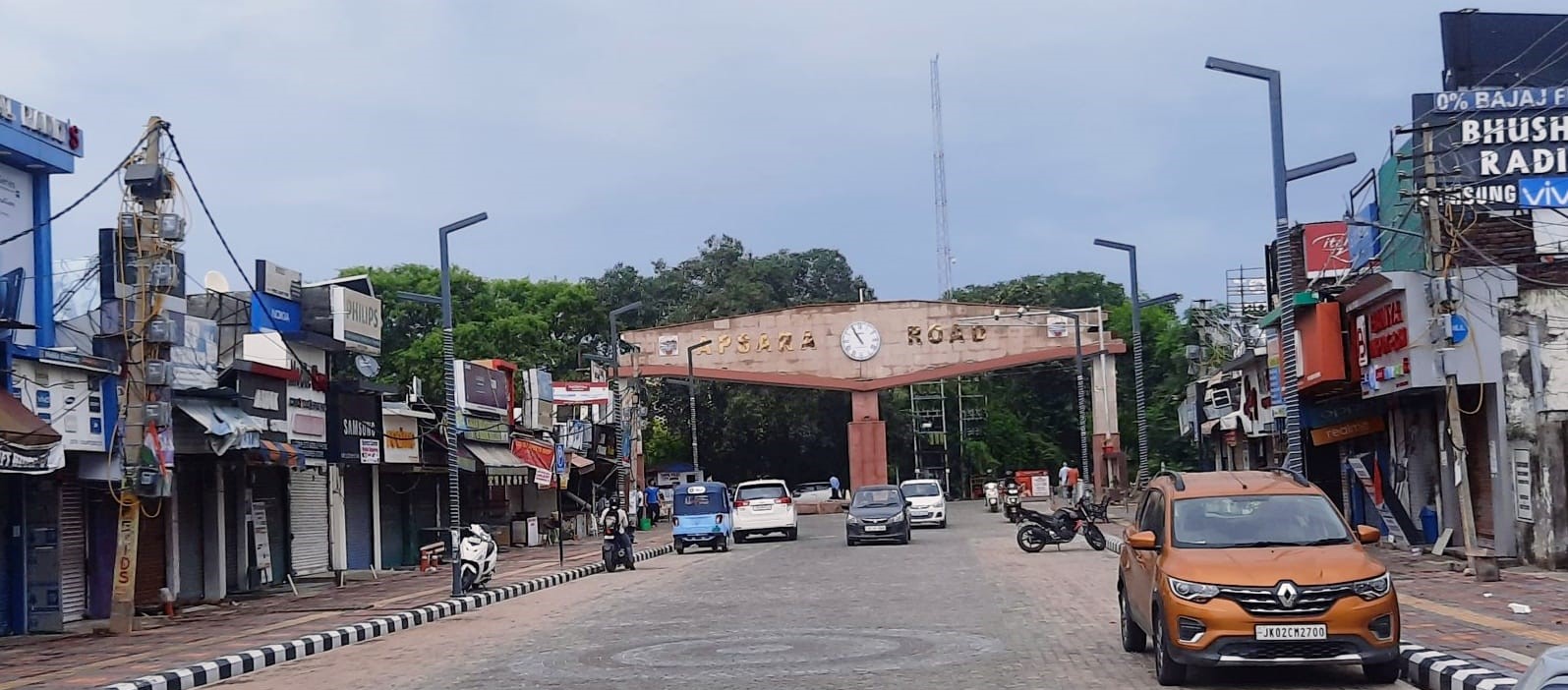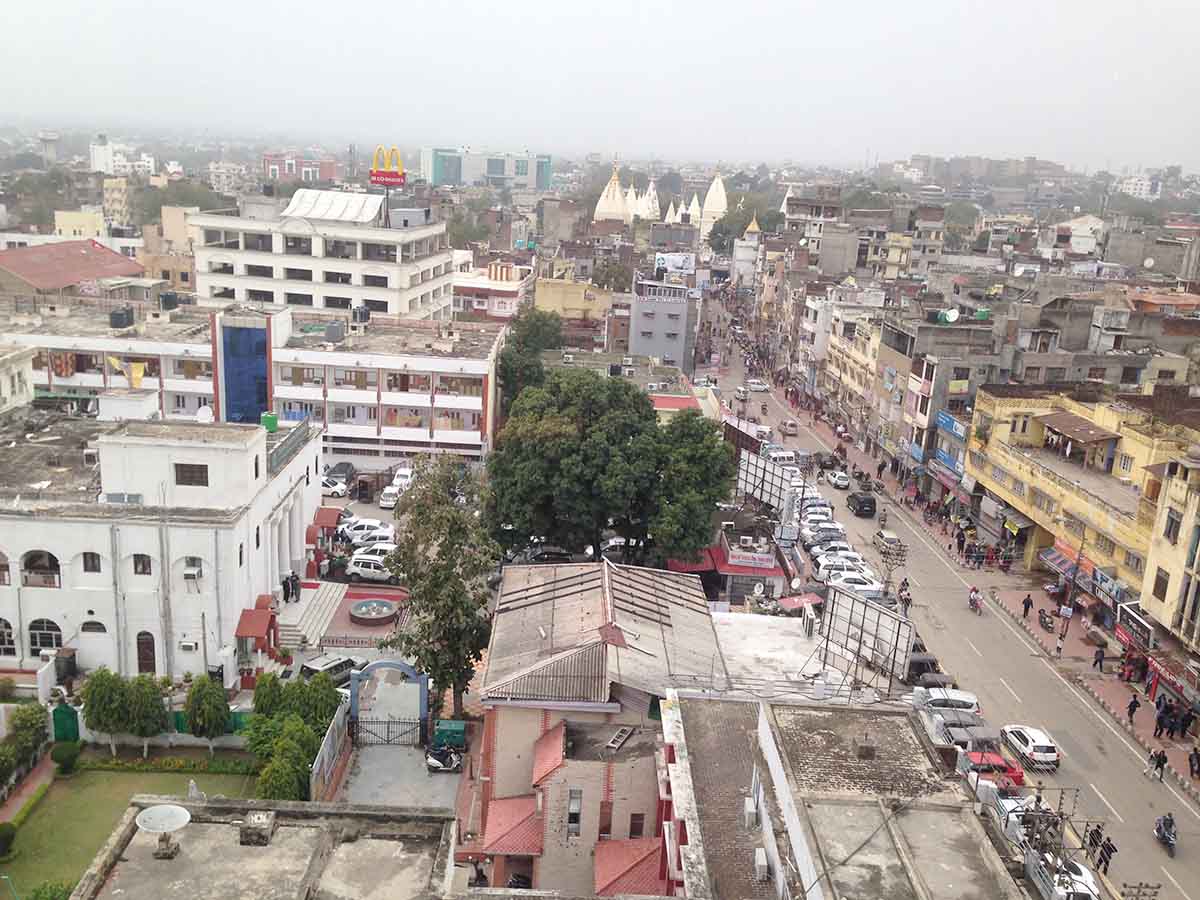As flash floods devastated a 12-year-old bridge on the highway, commuters faced a crippling crisis. Already angry over smart metering, they sought the closure of a toll post so that the savings compensate for their costs by taking a long route. It eventually led to the arrests and a strike. As the crisis is still far away from a solution, Masood Hussain reports the hidden complexities of a brewing situation

As Jammu’s Dogra Heartland resorted to an impressive strike on August 27, 2023, against a road taxing infrastructure and the smart power metering campaign, it shocked everybody. Power corridors were not pleased to see a region that celebrated the reading down of the special status of Jammu and Kashmir moving to the streets against the government. For Kashmir’s political class, it was a “sweet change” vindicating “what we have been saying for all these years”. They, however, are unlikely to rush to draw a conclusion.
Anger, local politicians said, was brewing in Jammu for a very long time. It was finding expression in small street protests that Congress, National Conference, the newly introduced Kejrewal’s Aam Aadmi Party and the factionalized Panthers Party would organise. Small and symbolic, these protests helped the Jammu political class to convey to the masses that they were aware of the problem the region faced. Soon, the protests reached the Mohalla level as the residents copied the Srinagar-style women’s protests against the installation of smart meters.
These protests have remained inconsequential as the Kashmir Power Distribution Corporation (KPDCL) and its Jammu counterpart, JPDCL continue to implement the scheme as it is fundamental to the power reforms. What is enigmatic, however, is that the government in its most friendly region has failed to convince the people that smart metering is a consumer-friendly exercise.
Toll Tax
The spurt, however, had a different factor. Between Lakahnpur (bordering Punjab) and Srinagar, runs the arterial national highway that is now a sort of expressway, charming, shorter, and better with the stretch between Ramban and Banihal still under reconstruction. In between are six toll posts – Lakhanpur, Sarore, Bann, Chenaini, Banihal and Awantipore – with a possibility of one more addition once the Ramban stretch is operational. All kinds of travellers, except the government and its arms, are supposed to pay the toll for using the highway. Whether or not the toll tax is cheap or expensive, the road is better and prevents the vehicle from wear and tear, helps save petrol and time.

Everything was normal till July 19, morning when flash floods in fast-flowing Tarnah rivulet damaged the bridge. Located near Dayalachak on the Jammu-Pathankot national highway, the 580-meter-long bridge suffered damage as its three piers tilted, preventing any kind of movement. The BRO-owned 4-lane bridge connecting Dayalachak with Chadwal Morh was one of the six bridges that were inaugurated by Defence Minister, Rajnath Singh in July 2020. Falling in Hiranagar belt, the bridge connects more than two dozen border villages from Chakra to Hirnagar with the national highway. ITD Cementation India Ltd implemented it for the BRO with G-Engg Advisory Services offering consultancy services.
In a bid to ensure smooth movement, the authorities diverted the traffic via Chadwal-Sanji Morh to Hiranagar and Londi-Koota Morh along the old-Samba-Kathua road. This triggered massive traffic jams and took a lot of time and fuel. People started reacting as the stretch records a routine movement of around 15000 locomotives a day. To cover the 2-km distance, the resident said they have to drive for 25 km.
The rivulet had an old bridge that served the people for almost sixty years. After the new Tarnah Bridge was constructed, the older one was demolished so that it suited the upcoming six-lane Delhi-Katra Expressway.
In order to offer an alternative, the NHAI quickly laid a culvert not far away from the damaged bridge. On August 24, another flash flood washed away approximately 100 to 130 metres of it, rendering it useless. The alternative culvert actually washed away thrice. In order to reduce the crisis, the authorities directed particular trains to have a brief stop at Chhan Rorian but residents said it did not help the larger population living around.
The public pressure built forcing the NHAI to visit the entire road stretch and make assessments about the options. Nothing concrete came out and the traffic continues to ply on the diversion route which is time-consuming and costly. Users say it adds 3.5 hours for them to negotiate the messy diversion.
As the NHAI lacked an alternative, the people started asking for the closure of the Sarore toll plaza till the time the new bridge came up. NHAI said it has reduced the toll by 20 per cent but did not close the toll post. It did, however, promise that it would push the toll plaza slightly behind towards Samba so that the people could use the stretch toll-free. Even this has not been implemented so far.
26 Arrests
This marked the beginning of the protests. People started assembling at the toll post to vent their anger and it led the police to make deployment to protect the infrastructure. It was at this stage that a local grouping, Yuva Rajput Sabha (YRS) came into the full picture as they would organise the protests and seek to abolish the toll post.
On August 21, YRS activists protested near the toll plaza and reports suggest a brief stone pelting also took place that broke the glass windows of the plaza. Since section 144, prohibiting any gathering was in place, the Jammu and Kashmir Police arrested 26 YRS leaders. This changed the style of the protests. Apart from Toll Plaza, the people would assemble and take their protest rallies to the Kathua jail, where the YRS activists were held. It became a daily affair and the political parties also started joining in and shouting the ‘Jammu, Jammu’ slogan.
By August 24, when the Jammu Chamber of Commerce and Industries (JCCI) called for a protest, the area had been witnessing protesting on a daily basis. Barring BJP, almost every political party including the Bar Association supported the strike call. The protest was phenomenal and almost every section of the society joined. Though some leaders had appealed to Kashmir to join in, the valley stayed away and retained its no-strike post-2019 norm.
The response to bandh on August 26, was impressive. There were peaceful protests, rallies and normal life was completely paralysed. People sought the release of YRS activists and the removal of the plaza. Jammu witnessed a major rally led by JCCI. Jammu Bar, Congress, JKNC, PDP, Apni Party and other parties also held symbolic protests. Life in Jammu, RS Pura, Akhnoor, Kathua, Hiranagar, Udhampur and Bari Brahmana was completely frozen for the day but the bandh was observed in the town. However, it evoked little response in Reasi, Rajouri, Poonch, Ramban, Doda, Kishtwar, and Bhaderwah. Samba, Vijaypur, and Ghagwal skipped joining the strike.

Some of the angry Jammu residents gave vent to their crisis while talking to media and the videos were an instant hit in Kashmir. They spoke about identity, the promises, the politics and the economy. They alleged loss of jobs, inflation costs and closure of economically vital practices like the durbar move. People talked about the erstwhile BJP minister Chander Prakash Ganga dismantling the upcoming Sarore toll plaza in 2014, while dubbing it an outpost for collecting “jaziya from Vaishno Devi pilgrims”. In October 2019, when the toll post started operations, the BJP said it was “necessary for development”.
A day after several impressive shutdowns, the police set free 26 YRS members and transported them to their respective residences to a heroic welcome. These included YRS president Vikram Singh and his predecessor, Happy Singh. Booked for violating Section 144, no court had quashed their detention, reports appearing in the media suggest. “Our core committee will meet shortly to decide the future course of action,” Vikram told reporters while thanking people for uniting for their release.
With the YRS leader’s home, the end of the crisis is not in sight. Activists and residents in Samba continue to abstain from food, insisting their struggle will continue till the toll plaza is removed. On Friday, Jammu Transport remained on strike on the call of All Jammu and Kashmir Transport Welfare Association (AJKTWA).
Accumulated Anger
“The toll issue is important, so is smart metering,” one senior Jammu politician said. “But the impressive response that the strike received was an expression against the frustration that people are caught in, on almost everything.” He said Jammu has so far held four impressive Jammu-wide protests, all on economic issues. “The toll issue only gave them an outlet.”
The rise of the YRS, interestingly, is emerging as new tension for the government and the political class. The government already acknowledged their importance when the holiday in memory of Maharaja Hari Singh was accepted. Their release under pressure is the second straight victory.
On the flip side, the BJP is segregated. All other political parties are following the YRS while in the past it was the other way round. There are even issues of leadership within the large groupings that run the agitation. Insiders say the administration is neither disconnected nor at the receiving end as it seems. The real story may trickle out once the toll plaza gets a decent burial. Let us see which way the wind blows.
from Kashmir Life https://ift.tt/0nq71GM
via IFTTThttps://kashmirlife.net
No comments:
Post a Comment